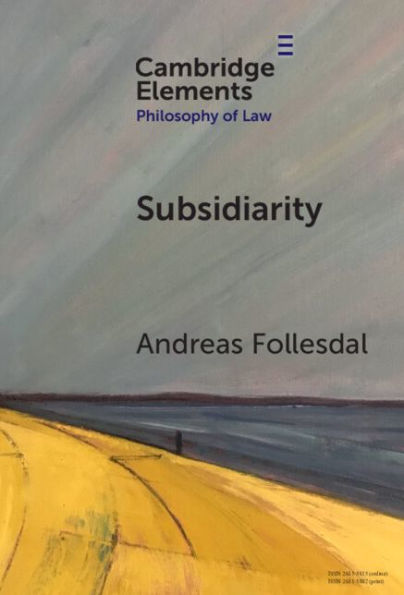'Subsidiarity' is vague and contested, yet popular in scholarship about international law due to its role in the European Union (EU). Which conceptions of subsidiarity are more justifiable, and how might they contribute to international law? A principle of subsidiarity concerns how to establish, allocate, or use authority within a social or legal order, stating a rebuttable presumption for the local. Various historical patterns, practices, principles, and justifications offer different recommendations. Seven normative theories vary in how immunity protecting or person promoting they are. The latter appear more justifiable and withstand criticism often raised against subsidiarity. Some conceptions of person promoting subsidiarity serve as a structuring principle for international law and fullfills several criteria of a general principle of law. It can harmonize domestic and international law but is not sufficient to reduce fragmentation among sectors with different objectives.
1146892270
Subsidiarity
'Subsidiarity' is vague and contested, yet popular in scholarship about international law due to its role in the European Union (EU). Which conceptions of subsidiarity are more justifiable, and how might they contribute to international law? A principle of subsidiarity concerns how to establish, allocate, or use authority within a social or legal order, stating a rebuttable presumption for the local. Various historical patterns, practices, principles, and justifications offer different recommendations. Seven normative theories vary in how immunity protecting or person promoting they are. The latter appear more justifiable and withstand criticism often raised against subsidiarity. Some conceptions of person promoting subsidiarity serve as a structuring principle for international law and fullfills several criteria of a general principle of law. It can harmonize domestic and international law but is not sufficient to reduce fragmentation among sectors with different objectives.
23.0
In Stock
5
1

Subsidiarity

Subsidiarity
Related collections and offers
23.0
In Stock

Product Details
| ISBN-13: | 9781009007603 |
|---|---|
| Publisher: | Cambridge University Press |
| Publication date: | 02/20/2025 |
| Series: | Elements in Philosophy of Law |
| Sold by: | Barnes & Noble |
| Format: | eBook |
| File size: | 12 MB |
| Note: | This product may take a few minutes to download. |
From the B&N Reads Blog
